Hi there, pet lovers! 🦎
Has your gecko dropped its tail? Don’t panic—it’s a natural phenomenon called tail autotomy, and while it might seem alarming, it’s often not as bad as it looks. We’re here to walk you through the who, what, where, when, and why of tail loss, as well as what steps you should take to ensure your gecko recovers safely.
Overview
Tail loss in geckos, known as tail autotomy, is a natural defense mechanism where a gecko drops its tail when stressed or threatened. While it may look alarming, most geckos heal well with proper care. Crested geckos, however, cannot regrow their tails, leaving them with a “frog butt.” This post covers why tail loss happens, what to expect, and how to help your gecko recover. Key steps include reducing stress, changing the substrate to paper towels, monitoring the wound, and providing proper nutrition. With the right care, your gecko will adapt and thrive, tail or no tail.
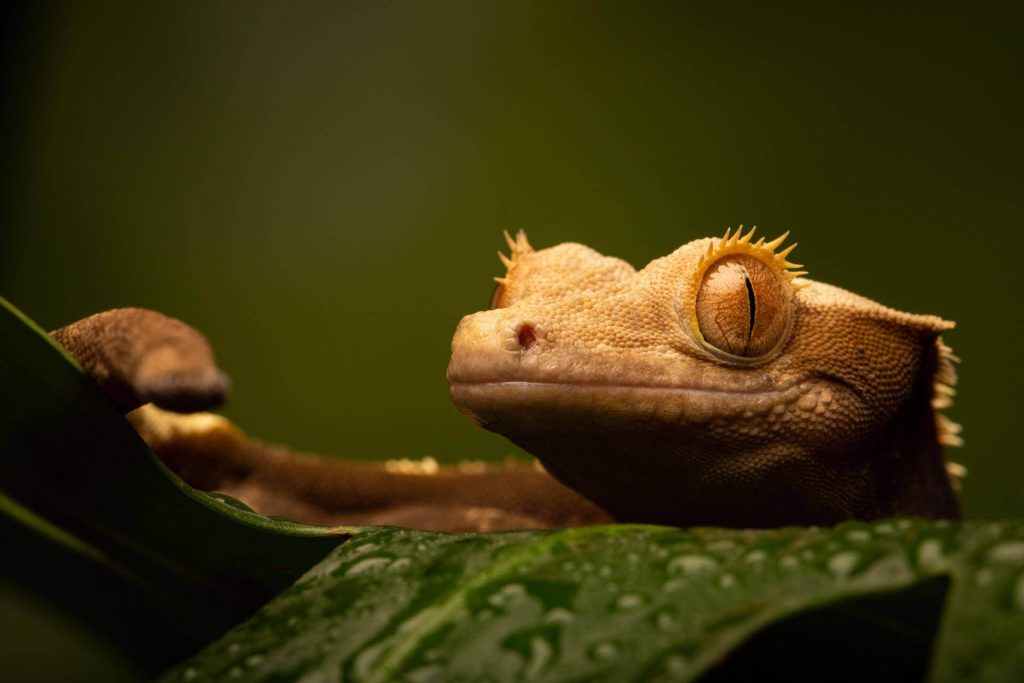
What Is Tail Autotomy?
Tail autotomy is a fascinating adaptation found in many lizard species, including geckos. When a gecko feels threatened, it can voluntarily detach its tail, which continues to twitch and move. This distracts predators, giving the gecko a chance to escape. The process is controlled by specialized muscles that contract to sever the tail and seal off blood vessels, minimizing blood loss and preventing infection.
While some geckos, like leopard geckos, can regenerate their tails (though not perfectly), others, such as crested geckos, cannot. For these species, tail loss is permanent, but they adapt well to their new tailless state.
Why Do Geckos Drop Their Tails?
Geckos drop their tails for several reasons, all of which are tied to stress or perceived danger. Here are the most common causes:
- Stress: Sudden changes in their environment, loud noises, or unfamiliar surroundings can cause a gecko to feel unsafe.
- Handling Mishaps: Grabbing or pinching a gecko’s tail can trigger the autotomy response.
- Illness or Injury: In rare cases, a gecko may drop its tail if it’s unwell or in pain.
- Predator Evasion: Even in captivity, geckos retain this instinctual response to perceived threats.
It’s important to note that tail dropping can happen unexpectedly. For example, one gecko might drop its tail during a stressful move, while another might do so seemingly out of the blue.
What Happens After Tail Loss?
Once a gecko drops its tail, the wound typically heals quickly. Special muscles seal the area to prevent blood loss, and the gecko’s body begins the healing process. However, there are a few things to keep in mind:
- Mobility Challenges: Geckos use their tails for balance, especially when climbing or jumping. After tail loss, they may struggle with coordination for a few weeks but will eventually adapt.
- Crested Geckos and “Frog Butts”: Crested geckos cannot regrow their tails. Instead, they develop a small nub at the base of their tail, often referred to as a “frog butt.”
- Energy Loss: For species that store fat in their tails, tail loss can be energetically costly. Ensure your gecko has a nutritious diet to help it recover.
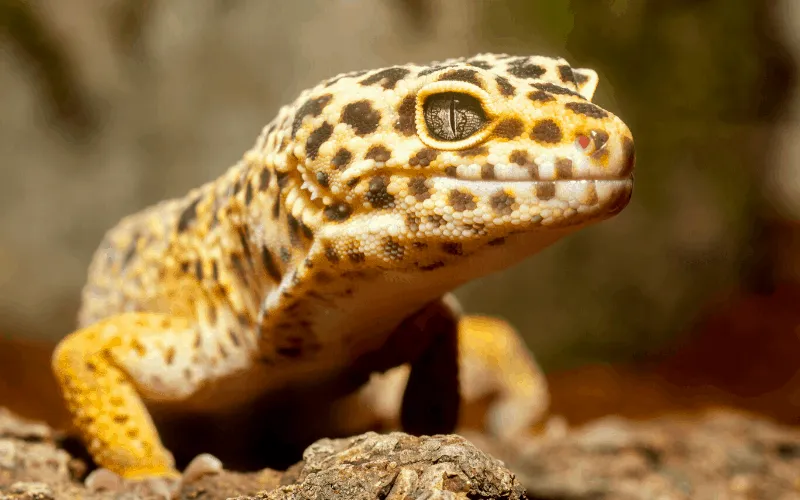
How to Help Your Gecko Recover
If your gecko drops its tail, don’t panic. With proper care, most geckos recover well. Here’s a step-by-step guide to ensure your pet heals safely:
- Reduce Stress
- Minimize handling and loud noises around your gecko’s enclosure.
- Provide a calm, quiet environment to help your gecko feel secure.
- Change the Substrate
- Switch to paper towels for the enclosure floor. This prevents debris from contaminating the wound and reduces the risk of infection.
- Monitor the Wound
- Keep an eye on the tail stub as it heals. Look for signs of infection, such as swelling, redness, or discharge.
- If you notice any concerning symptoms, consult a reptile veterinarian immediately.
- Optional Treatment
- If you’re worried about infection, you can apply a small amount of antibiotic ointment (without painkillers or numbing agents) to the wound.
- Provide Proper Nutrition
- Ensure your gecko has access to a balanced diet to support healing.
- For species that store fat in their tails, consider offering slightly more food to compensate for the energy loss.
- Limit Handling
- Avoid handling your gecko for at least a week after tail loss to minimize stress and allow the wound to heal.
- Consult a Vet if Needed
- If the wound doesn’t heal properly or shows signs of infection, seek professional veterinary care.
Preventing Tail Loss in the Future
While tail autotomy is a natural behavior, there are steps you can take to reduce the likelihood of it happening:
- Handle Your Gecko Gently: Always support your gecko’s body and avoid grabbing or pinching its tail.
- Minimize Stress: Keep your gecko’s environment calm and consistent. Avoid sudden changes or loud noises.
- Provide a Safe Enclosure: Ensure your gecko’s habitat is secure and free from potential stressors, such as aggressive tank mates.
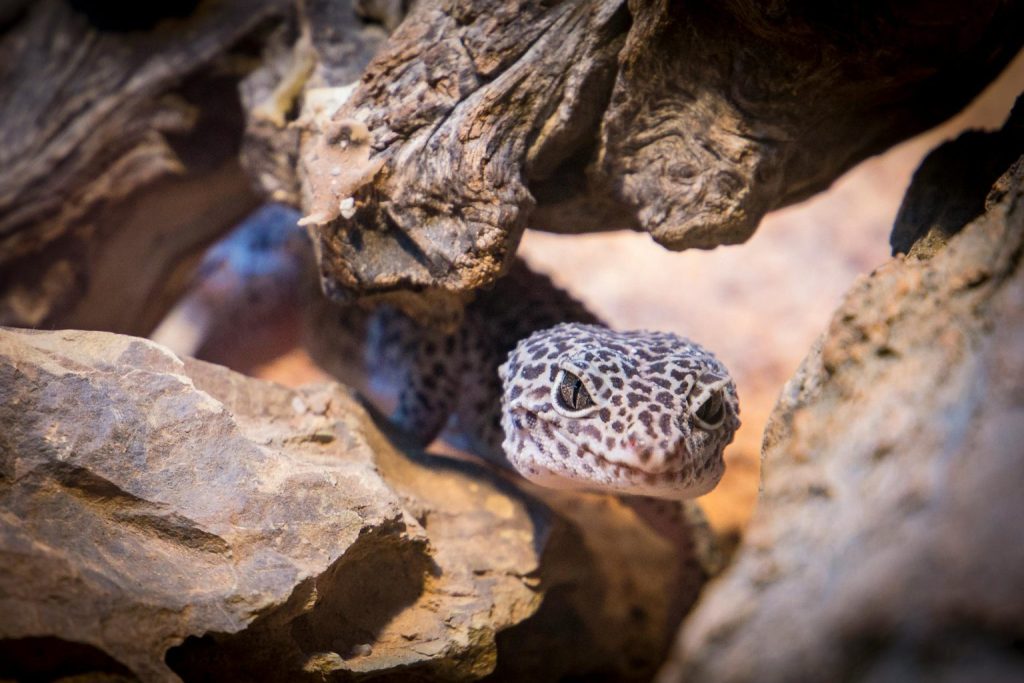
Final Thoughts
Tail loss in geckos can be unsettling, but it’s important to remember that it’s a natural and often harmless process. With proper care, your gecko will recover and continue to thrive. Crested geckos, in particular, adapt well to life without a tail and develop their unique “frog butt” appearance.
By understanding the causes of tail autotomy and taking steps to minimize stress, you can help your gecko live a happy, healthy life—tail or no tail.
We hope this guide has provided you with a comprehensive understanding of tail autotomy in geckos. If you have any additional questions or experiences to share, feel free to leave a comment below. Your gecko’s health and happiness are our top priority!
For more reptile care tips and reviews, stay tuned to our blog and don’t forget to subscribe to our newsletter! 🦎



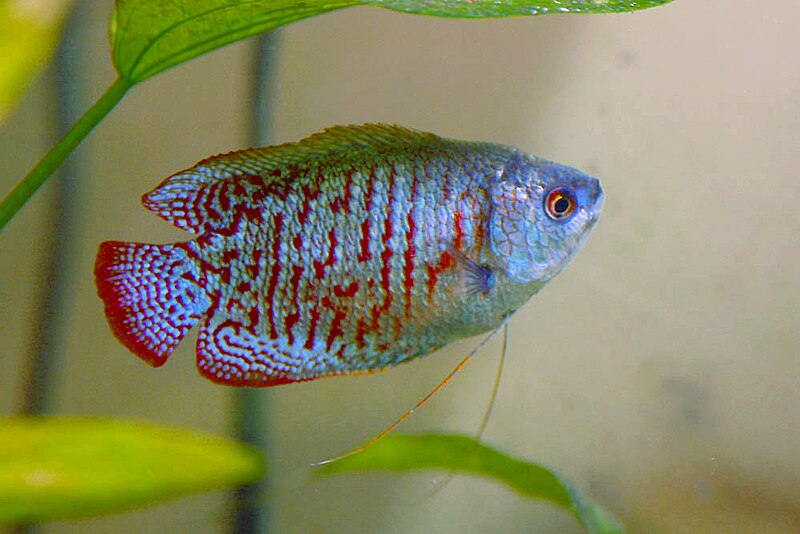

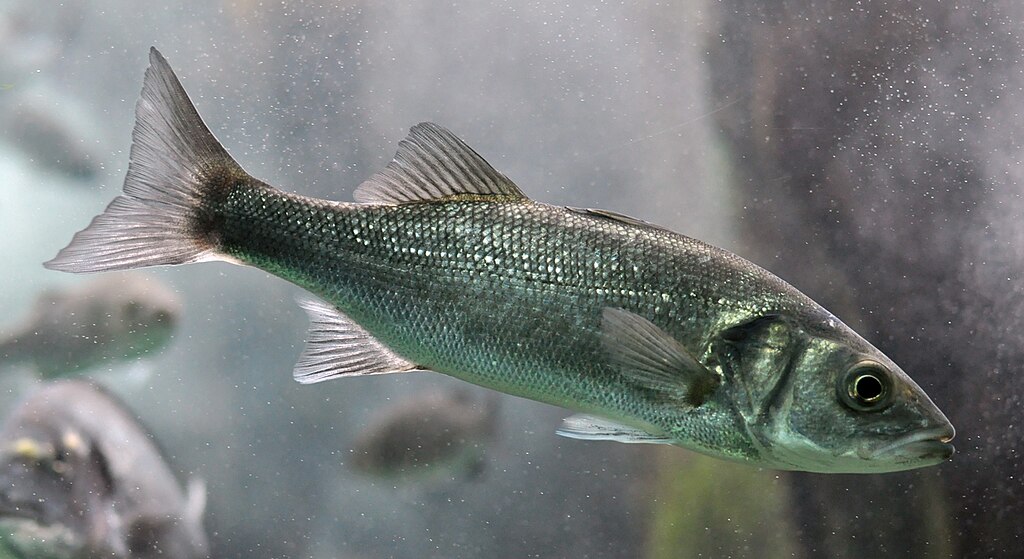

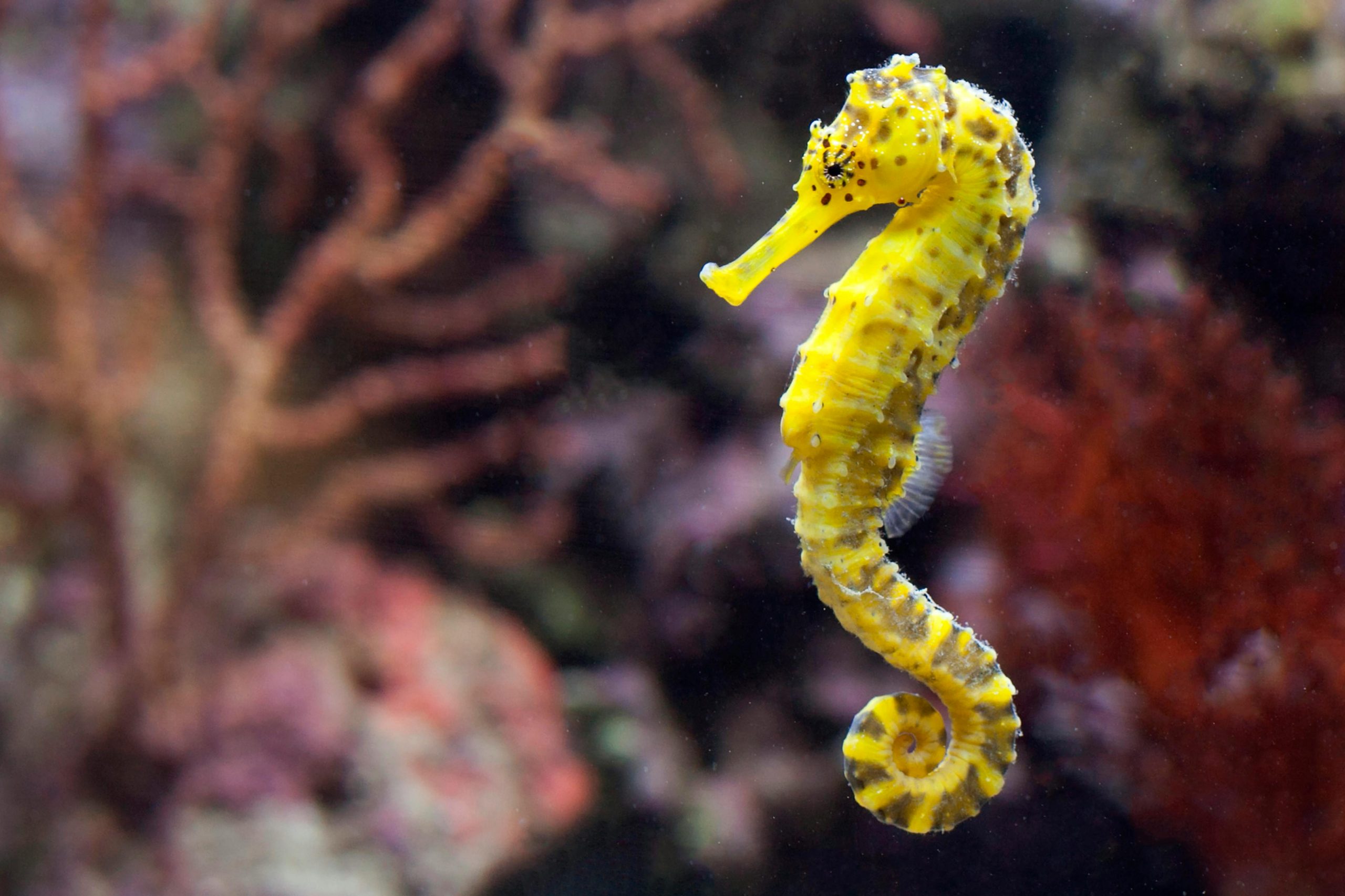
Leave a Reply